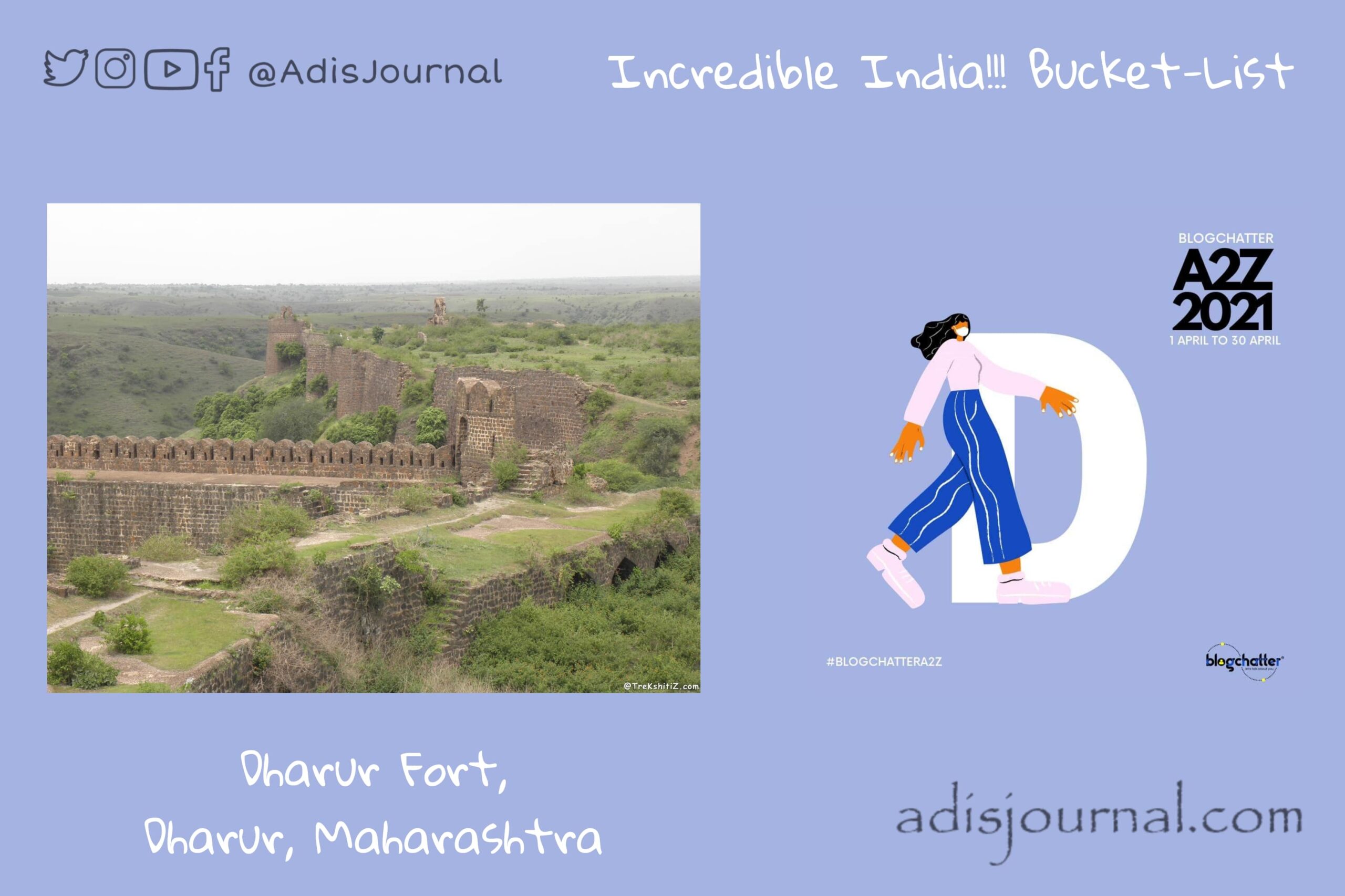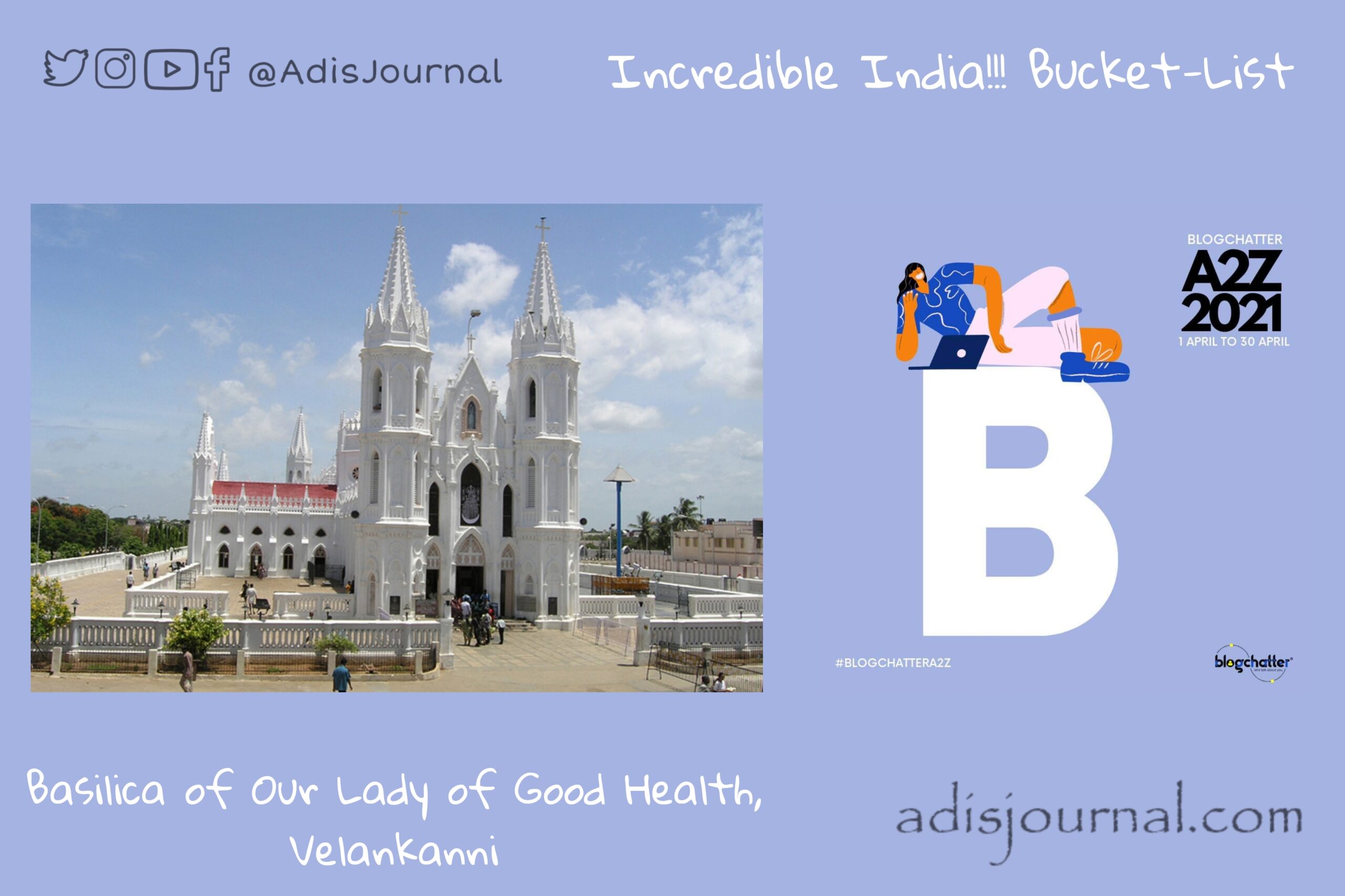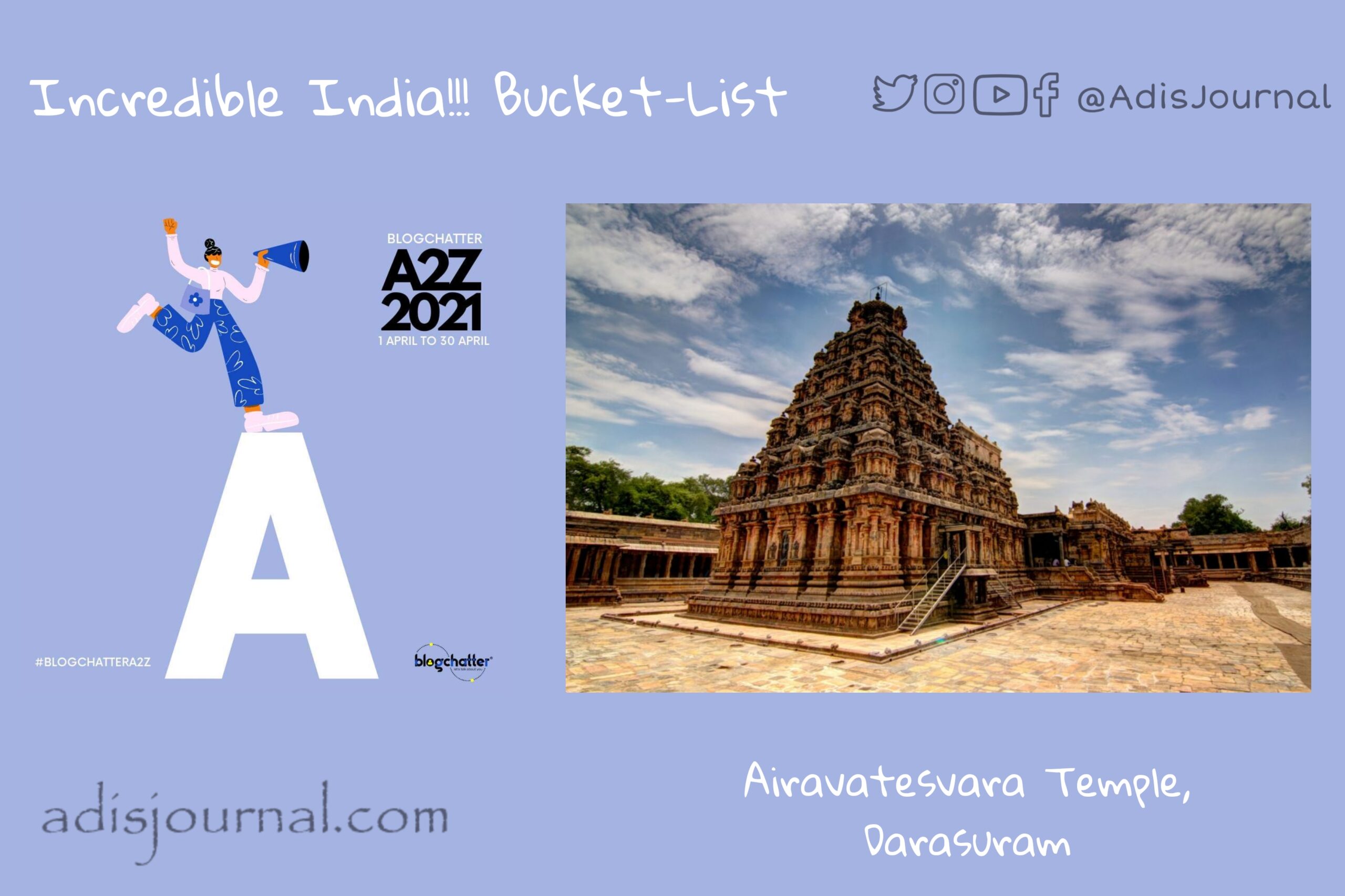
It’s a second leg of our Incredible India!!! bucket-list journey after first Sunday break. Today we are visiting a historic place which stands witness to a very large part of our history. We are visiting an old fort of Dharur (धारूर) which is in Latur district of the state of Maharashtra. This is a gem from a comparatively unexplored area of Marathwada.
I would like to mention a very amazing treasure trove of information about forts in Maharashtra at the very beginning of this post, TreKshitiZ. You will find very nicely documented, indexed information on their site. I don’t remember when I stumbled upon this site for the first time, but I have been using it at least for a decade now whenever I need any information about Maharashtrian forts. Credit for the photos which you will see in this post goes to them.
Story time:
Back in the days of Satvahanas, Dharur rose to become an important market town on a major road to Satvahana capital city, Paithan. The Rashtrakuta dynasty followed the Satvahanas and ruled the region. Understanding the vitality of Dharur as a market town, they built a fort called “Mahadurg” for its protection. They just piled stones on top of eachother and built battlements and walls.
Subsequently, Kalyani Chalukyas, Devgiri Yadavas and Bahmani Sultanate ruled the region. After the fallout of the Bahmani Sultanate in five different factions, this particular region came under the influence of Barid Shah of Bidar. This region witnessed frequent battle action during the volatile period that followed after that. Baridshahi of Bidar succumbed to this volatility, and Adilshah gained control over Dharur.
Kishwarkhan from Adilshah court constructed a new fort at the same place of the Mahadurg using stones of the old one in 1567 CE. This is the fort which still stands the ground. Just a couple of years after that, Nizamshah took charge of the place in 1569 CE and in 1630-31, Mughals took control of Dharur.
Later it fell in the hands of Nizams of Hyderabad and remained in their control except a brief period of Maratha rule till the accession of Hyderabad principality to the union of India.

What not to miss:
Dharur Fort has a straight access from Dharur town as both of them are at the same level. However, the fort has a natural protection of the valley from the remaining three sides. This is a very unique combination in itself. 4.2 m wide and 4.5 m deep mote secures the side with straight access.
There are two walls protecting the fort with battlements at regular intervals to mount the defances. One of the battlements houses the mint started by Mughals. As a memorial to the capture of Dharur fort, they issued a coin. This mint produced Mughal coins for almost the next hundred years. There are two major water tanks with the names of Godi Dindi (गोडी दिंडी) and “Khari/Solapur Dindi” (खारी/सोलापूर दिंडी). There is a dysfunctional “Hamam” with decorative water faucets. We can see a few guard rooms, a couple of mosques, a temple and ruins of various palaces in this fort. Fort also houses a few Percian inscriptions scattered around
Fort was inhabited till the Indian Independence. As a result of this, it’s in a pretty decent condition. Marathwada region is not famous for tourism but this fort is a gem from this unexplored region. You can stay in the town of Ambejogai or Parali Vaijanath. Both of these are important pilgrimage sites of Hinduism and have good accommodation facilities. Please plan to visit this place and share the word about this.
Photo courtasy: TreKshitiZ
Adisjournal or me personally don’t have any claims of copyright over the photos you see in the post. I am a fan and frequent user of a wonderful trekshitiz.com to which these images belong.
I am participating in the A2Z challenge with Blogchatter and this is my take on day 4 challenge. “D is for the Dharur Fort, Latur District”. You can find my other posts from this challenge here.



















